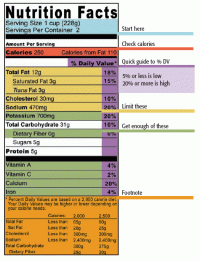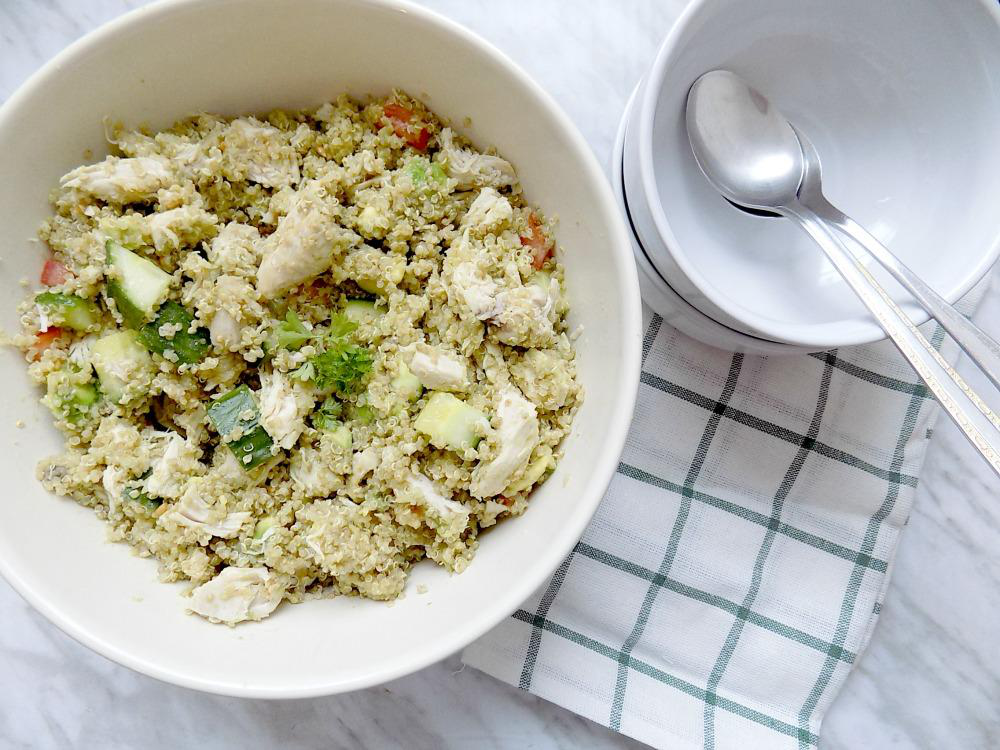
Healthy eating is the cornerstone of a healthy body. no one would dispute that. But in our fast-paced, electronic-driven lives, it can be difficult to know where to begin. Step number one is understanding the difference between a diet and a healthy eating lifestyle.
Diet Definition
A diet is something that is always evolving. The World Health Organization explains that a person’s diet is “influenced by many social and economic factors that interact in a complex manner to shape individual dietary patterns” (1). Some of the factors involved in this complicated equation are:
- Your income,
- Food prices in your area,
- Your individual preferences and beliefs,
- Cultural traditions (whether passed down through family or adopted through personal experience), and
- Geographical and environmental aspects (including climate change).
Can you think of a time where you knew that choosing to eat more fruits and vegetables was the right thing to do but you couldn’t afford to? I sure can!
Healthy Eating Basics Explained
To be clear healthy eating is still technically a diet. However, it involves the following principles:
- Adding more whole foods like fruits and vegetables whenever possible,
- Eating to nourish your body instead of doing it mindlessly,
- Keeping a balanced intake of healthy carbs, fats and proteins to help your body function at its best.
Healthy eating does NOT mean:
- Starving yourself,
- Upending your current eating habits to fit some fad diet like Keto or Paleo, or
- Eliminating foods altogether unless there’s a sound reason e.g. being allergic to nuts.
If you’re currently not eating a healthy diet, it can be difficult to start such a plan. However, healthy eating along with some exercise is very important for maintaining a good bodily function and goes a long way towards living a disease-free life.
If you struggle with healthy eating, then you know that breaking unhealthy habits can be the most difficult part of the process. Therefore, if you truly want to live the best lifestyle possible, it is important to follow tips in order to start eating a more healthy diet.
1. Clear Your Home of Tempting Food in Stages
A great first step towards adopting a SUSTAINABLE healthy eating lifestyle is to rid your home of all tempting foods that distract you from following better eating habits. Ideally, all junk foods and beverages would not be allowed in your house to minimize the temptation to snack during the day. However, that is not a sustainable way to make lasting improvements in your healthy eating journey.
If you’re worried about getting hungry, keep more healthy snacks like carrot sticks, yogurt, fresh fruit, or whole-wheat crackers on hand. If you find that you just cannot bear to toss out the sweets, try keeping something tiny on hand, peppermints or barley sugar. Eating a few, (emphasis on few!) of these won’t ruin your diet but also will give you that little sugary fix you crave.
2. Reflect on Your Current Lifestyle
Another great tool in your healthy eating journey is to take a few moments to learn what foods are the healthiest for you and how they work within the body. To start eating healthily we must begin by thinking healthily.
Most people understand that fruits, vegetables, and low-fat meats and dairy products are good for you, but few people understand why. The key is learning about nutrients. When you understand how specific nutrients work and why you need them, it becomes more reasonable for you to make healthier choices for your body. Knowledge really is power!
Protein is the building block of life. Here is my article on what it does to keep you healthy and the different sources available to you.
Carbohydrates have gained a bad reputation in the health and wellness industry in the last few decades. It’s understandable given the increased availability of highly processed carbohydrates. In this article, you can learn more about the ways your body uses carbohydrates to maintain optimal health.
Last, but not least, we have fats. Again, in today’s world women are groomed to think of fats as an enemy. In reality, they exist for a reason. Once you know what fats to do empower your body, you’ll be more willing to incorporate healthy versions into your life.
3. Prepare for Changes that Suit YOU
Preparation is a major key in creating a healthy lifestyle. It’s critical that you consider the ins and outs of your life and plan accordingly for meals.
A good example is someone who works in the healthcare field like a nurse or surgeon. Their lives are often rushed because of the number of people in their hospital. To keep up, they might eat quickly at odd times of day. While it suits the chaotic nature of a hospital, they are probably more inclined to grab a rushed meal at the end of the day, which inevitably does more harm than good. For someone in this situation planning ahead is vital!
Instead of grabbing a fast food lunch on the go, take a bagged lunch to work, complete with a healthy wrap and some fresh fruit and vegetables. Or, if you truly have no time to sit and eat a proper meal, take other healthy options such as protein shakes.
When you can, remember your evening meal. A simple plan to have a meal ready before you get home would be perfect, but in our fast paced lifestyle, sometimes this just can’t be done. One way to solve this problem is to plan out your evening meals for the week, on your days off. Perhaps just before you do your weekly shopping. Another warning: when going to the shops, do not venture there hungry because if you’re anything like me, one or two chocolate bars won’t hurt! That becomes the first break in your healthy eating.
Initially, you may find it very difficult to make the necessary changes to healthier eating. Unfortunately, along with the difficulty of change, you may not feel well. This is normal because your body is adjusting to the new and improved meal options and is cleansing itself from the unhealthy toxins that built up from poor eating habits. However, if this feeling continues or you are worried a visit to your doctor is best.
4. Start with Baby Steps
Start with baby steps. Even if you only replace one soda a day with a glass of water, you are really improving your calorie intake. If you eat fast food every day for lunch, try replacing part of those meals with better quality foods. When you start by taking small steps you aren’t cutting out all of the foods you love all at once.
Taking your time to learn about your eating habits and slowly replacing the bad quality foods with healthier options isn’t easy. But when you understand why you should be making these necessary changes, and in a progressive and orderly fashion, you will feel much better physically, mentally and emotionally. Before you know it, you’ll see improvements and be committed to doing whatever is needed to be as healthy as possible.



